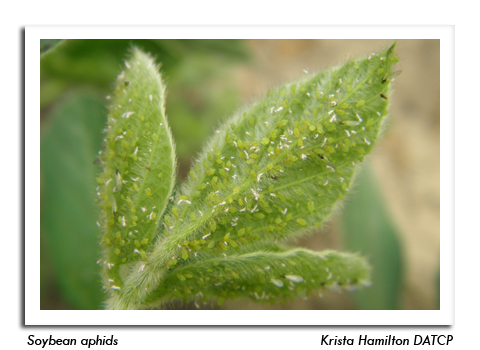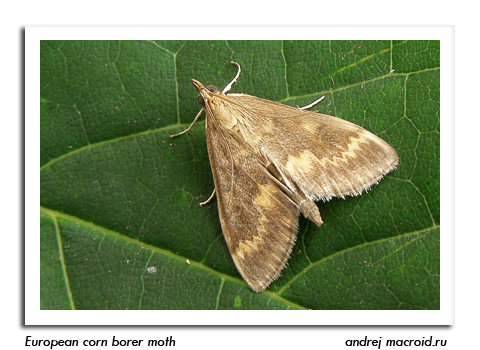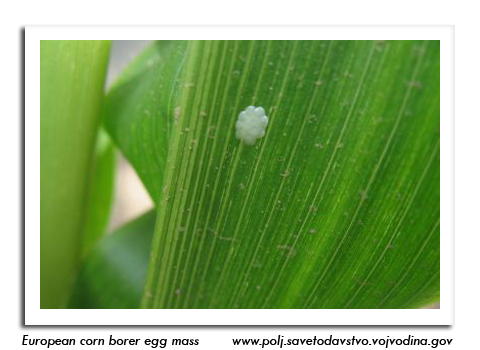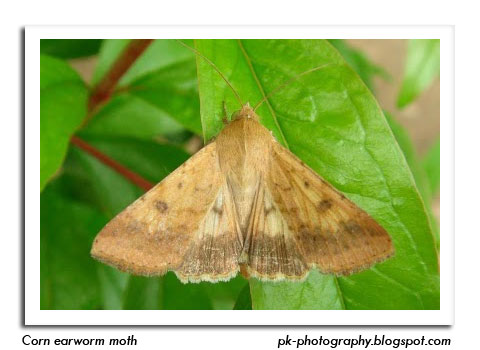
 |
|
|
Looking Ahead
Volume 59 Number 13 Date 07/31/2014 WESTERN BEAN CUTWORM - Moth activity has peaked or is expected to peak soon across the southern half of the state. As of July 30, the Wisconsin network of 100 pheromone traps has reported a cumulative total of only 320 moths, the lowest preliminary state count since trapping surveys for this pest began in 2005. High counts in the past week were 112 moths in the black light trap near Sparta and 25 moths in the Pine River pheromone trap. SOYBEAN APHID - Surveys indicate aphid pressure is still very low. Of the 125 soybean fields examined since mid-July, none had densities greater than 15 aphids per plant. Moderate to high counts of 100-300 aphids per plant can be found in localized areas within individual fields, but field-wide averages remain low. Insecticide treatment has not yet been justified for any field sampled by DATCP as of July 30. Monitoring of soybeans should be intensified in the next two weeks as more fields enter the R3-R4 growth stages during which aphid populations usually peak. EUROPEAN CORN BORER - Moths are appearing in low numbers in the Coon Valley, Mazomanie and Ripon black light traps. The peak of summer moth activity is projected for 1,733 degree days (modified base 50°F), or by August 12 in the south-central, southwestern and central areas and August 19 in the southeastern and east-central areas. The treatment window for second generation larvae has opened in advanced southern locations with the accumulation of 1,550 degree days. CORN EARWORM - Minimal flights of 1-19 moths were registered in Dane, Dodge, Fond du Lac, Green Lake and Rock counties again this week. Counts at most monitoring sites were extremely low at only 1-2 moths per trap. Egg deposition on corn silks is occurring and is likely to increase as larger flights of migrants arrive in August. Regular scouting and control measures should continue in fields with green silks. -- Krista Hamilton, DATCP Entomologist 




.jpg)
|
|
|